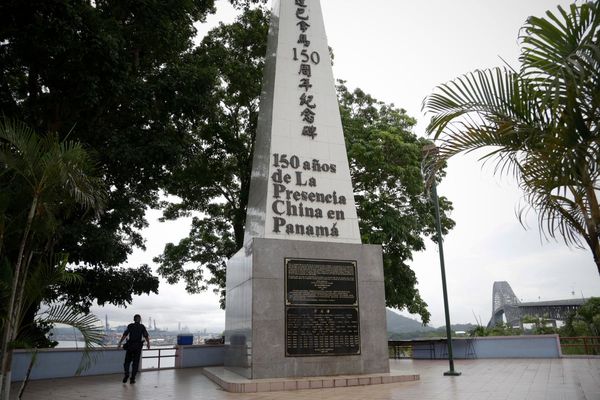
Intel board chairman Frank Yeary attempted to spin off Intel Foundry or even sell it to TSMC earlier this year, but faced strong opposition from Lip-Bu Tan, chief executive of Intel appointed in March, reports the Wall Street Journal. Reportedly, other directors supported Yeary, but clashes on the board began, eventually resulting in the failure of Lip-Bu Tan's strategic initiatives. The WSJ report claims that the Intel board maintains its official support for Tan, but his leadership is under mounting strain internally and externally.
Chairman tried to unload Intel's manufacturing assets
Earlier this year, we reported numerous times that Intel was planning to spin off its Intel Foundry manufacturing unit into a separate company co-owned by Intel, TSMC, and large fabless chip designers like Broadcom or Nvidia, which would have to invest in the new entity. Another report said that Intel would sell Intel Foundry to TSMC, either entirely or partly. TSMC would gain operational and strategic control over the production entity and would have to 'fix' Intel's process technologies. Intel has never confirmed either plan, but as it turns out from the WSJ report, both plans were brokered by Intel board chairman Frank Yeary, a former investment banker.
As a result, from the start of his tenure in March 2025, Lip-Bu Tan has clashed with the chairman and certain directors on whether Intel should maintain its own semiconductor production or exit that business altogether, WSJ claims. Unlike Yeary and some other directors, Tan reportedly sees internal chip fabrication as essential to Intel's competitiveness and to safeguarding America's supply chain from over-reliance on foreign players such as TSMC and Samsung.
But were the deals feasible?
TSMC never wanted to buy Intel's fabs or manufacturing assets due to both technical and business reasons.
On the technical side of things, TSMC's staff lacks experience with Intel's EUV-based process flows, so it could hardly help Intel to improve its Intel 3 or Intel 18A fabrication technologies. In addition, both nodes are already used by Intel and third-party customers (will be used in case of 18A). Moving TSMC's process technologies to an Intel U.S. fab is complicated because, despite both using EUV lithography tools from ASML and a lot of other tools from makers like Applied Materials, KLA, and LAM, each company's tools, calibration, and vendor-specific setups differ. ASML litho systems often have bespoke tuning or added modules tailored to each firm's process recipes.
Intel and TSMC also run distinct etch and deposition methods, and even small changes in materials — such as photoresists or etch chemicals — can cause yield loss or performance variation. Supplier lists differ as well, so TSMC's approved materials might not work reliably on Intel's lines. The bottom line is that even minor variations in gas flows, temperature stability, or mask handling can shift dimensions and electrical characteristics, making the transfer costly and risky.
As for business reasons, TSMC had little incentive to help a direct competitor refine its chip production. It was also hardly interested in investing billions in fabs without knowing that they would be fully and profitably utilized. Also, Intel's U.S. EUV capacity would be insufficient for both its own needs and TSMC's customers.
TSMC's main reason to consider a U.S. collaboration would be to sidestep potential Trump tariffs that might require building N3 and N2 chips domestically. However, now that the company vowed to invest up to $165 billion in its U.S. production facilities over an unknown period, its incentive to team up with Intel has vanished.
For Intel, cooperation with TSMC offered limited upside as well: TSMC engineers probably could not meaningfully advance Intel's 3 nm or 18A nodes in terms of yields or performance. Shifting TSMC processes into Intel's U.S. fabs would leave its Irish and Israeli plants as the only sites running Intel's own nodes, which would risk undermining their economics, since advanced process development costs billions, and those billions can only be earned when producing in high volumes across multiple fabs. TSMC, for its part, is unlikely to deploy its leading-edge technologies into Intel's overseas fabs, even under a joint venture, as it could create excess capacity and hurt the company's margins.
Internal conflicts slowdown decisions
While the proposed actions made little sense (if at all), they created internal conflicts on the board level, which affected Tan's initiatives, according to the WSJ.
Tan's effort to raise several billion dollars through Wall Street banks to strengthen Intel's finances and invest in production capacity were pushed back by the board. A potential purchase of an AI accelerator developer — aimed at narrowing the gap with Nvidia and AMD — has also been slowed by lengthy board debate, allowing another tech company to move toward acquiring the target instead, the report claims without elaborating.
Follow Tom's Hardware on Google News to get our up-to-date news, analysis, and reviews in your feeds. Make sure to click the Follow button.







